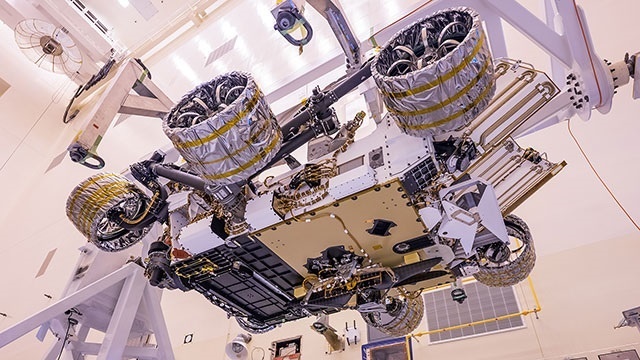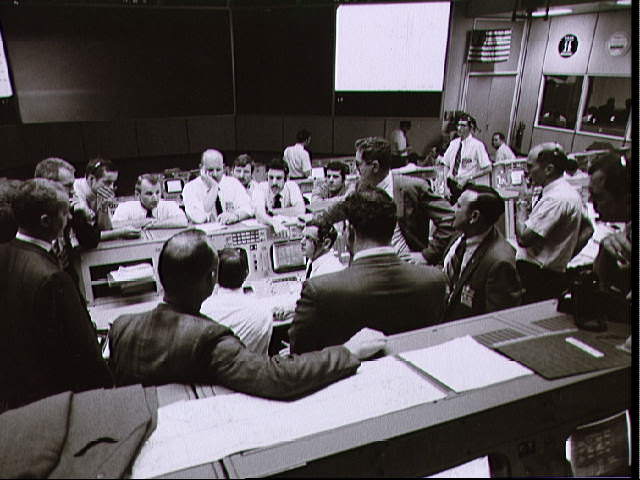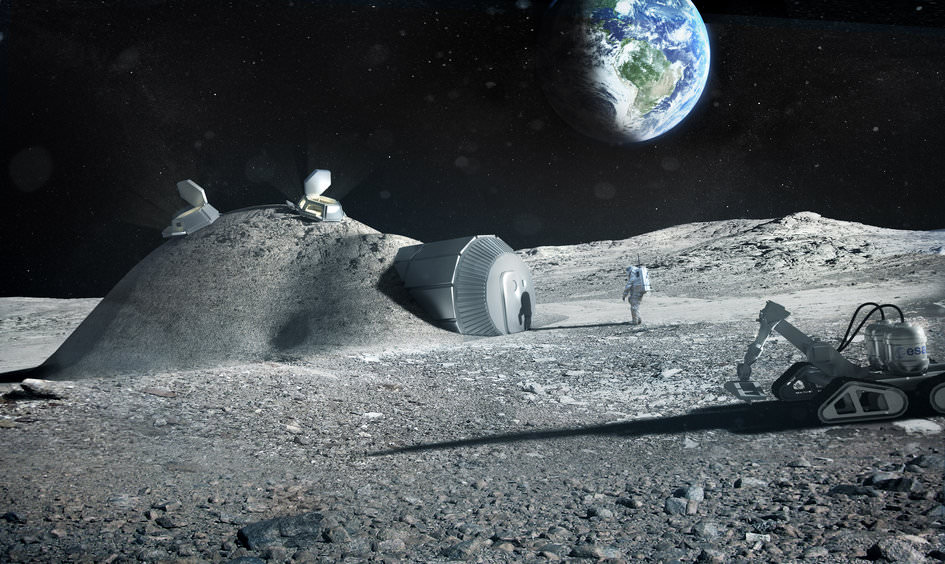This summer, NASA’s Perseverance rover will launch from Cape Canaveral Air Force Base in Florida. When it arrives on Mars (on February 18th, 2021), it will join the Curiosity rover and a host of other missions that are looking for evidence of past and present life on the Red Planet. At present, engineers at the Kennedy Space Center in Florida are conducting the final assembly of the rover in preparation for launch.
With less than 14 weeks to go before the mission’s launch period opens up, several important development milestones have been completed. This includes integrating the rover’s remaining components, like the rover’s six wheels and the small helicopter drone that will help explore the surface. These elements, and a slew of other final preparations, were integrated with the rover over the past few weeks.
Continue reading “Wheels and Helicopter Attached to Perseverance Rover”









